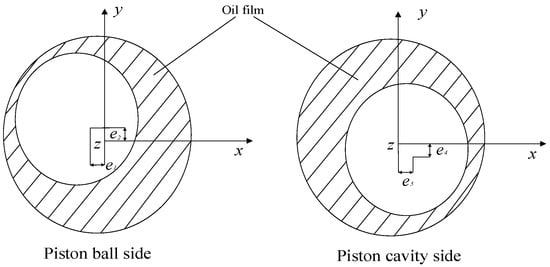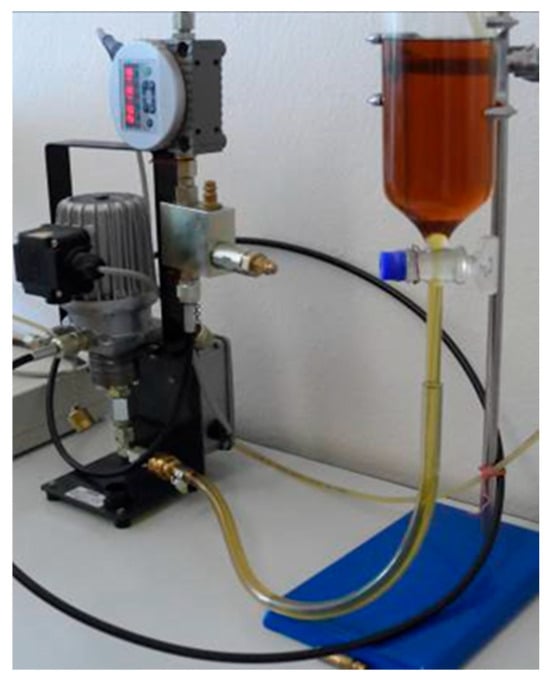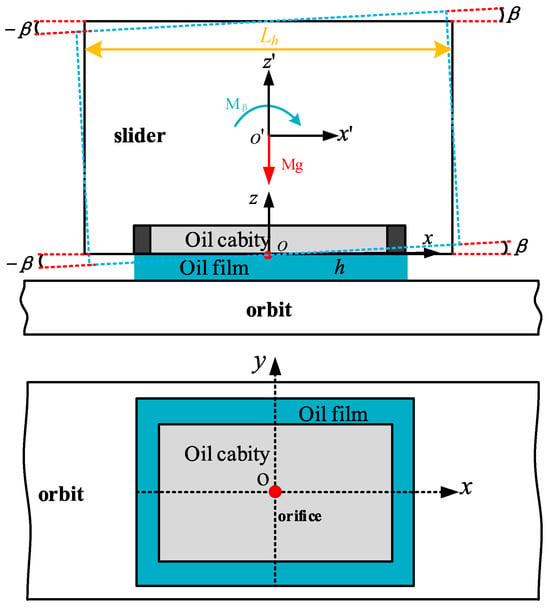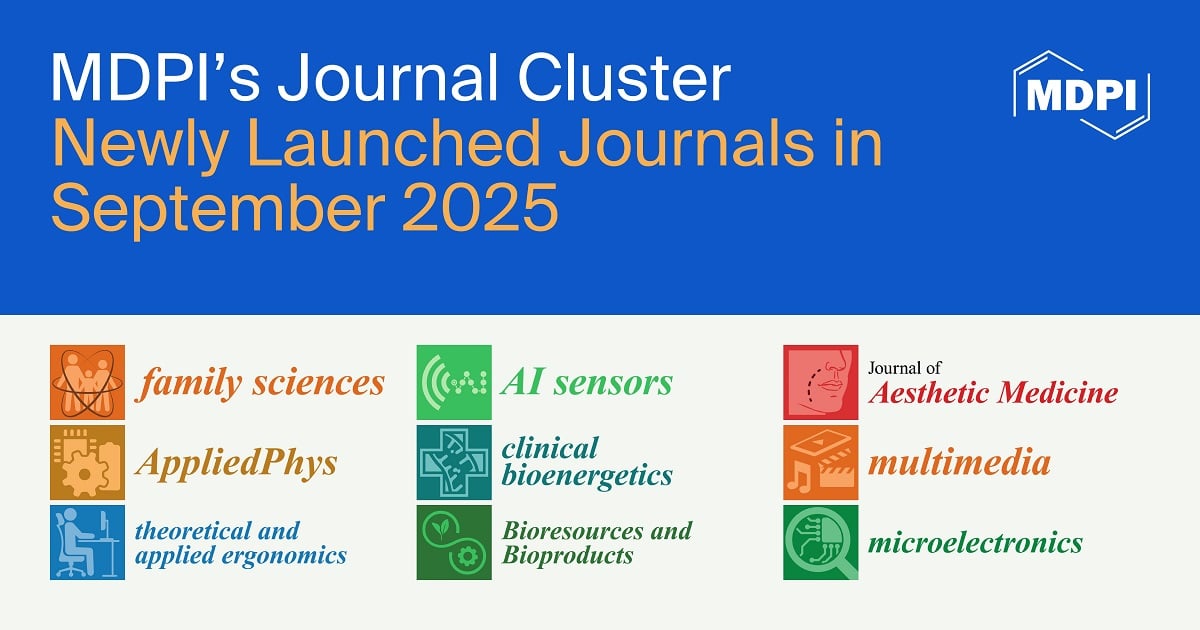-
 The Mechanism of a High Fluid Pressure Differential on the Sealing Performance of Rotary Lip Seals
The Mechanism of a High Fluid Pressure Differential on the Sealing Performance of Rotary Lip Seals -
 Precision Machining of Different Metals by Plasma Electrolytic Polishing: A Review for Improving Surface Smoothness and Properties
Precision Machining of Different Metals by Plasma Electrolytic Polishing: A Review for Improving Surface Smoothness and Properties -
 A Hyperspectral Analysis-Based Approach for Estimation of Wear Metal Content in Lubricating Oil
A Hyperspectral Analysis-Based Approach for Estimation of Wear Metal Content in Lubricating Oil -
 Mechanical and Tribological Performance of Additively Manufactured Nanocrystalline Aluminum via Cryomilling and Cold Spray
Mechanical and Tribological Performance of Additively Manufactured Nanocrystalline Aluminum via Cryomilling and Cold Spray -
 The Role of Tribocatalysis in Friction and Wear: A Review
The Role of Tribocatalysis in Friction and Wear: A Review
Journal Description
Lubricants
- Open Access— free for readers, with article processing charges (APC) paid by authors or their institutions.
- High Visibility: indexed within Scopus, SCIE (Web of Science), Ei Compendex, Inspec, CAPlus / SciFinder, and other databases.
- Journal Rank: JCR - Q2 (Engineering, Mechanical) / CiteScore - Q2 (Mechanical Engineering)
- Rapid Publication: manuscripts are peer-reviewed and a first decision is provided to authors approximately 14.8 days after submission; acceptance to publication is undertaken in 1.9 days (median values for papers published in this journal in the first half of 2025).
- Recognition of Reviewers: reviewers who provide timely, thorough peer-review reports receive vouchers entitling them to a discount on the APC of their next publication in any MDPI journal, in appreciation of the work done.
Latest Articles
E-Mail Alert
News
Topics
Deadline: 31 December 2025
Deadline: 28 February 2026
Deadline: 20 March 2026
Deadline: 31 May 2026
Conferences
Special Issues
Deadline: 1 November 2025
Deadline: 1 November 2025
Deadline: 15 November 2025
Deadline: 30 November 2025































